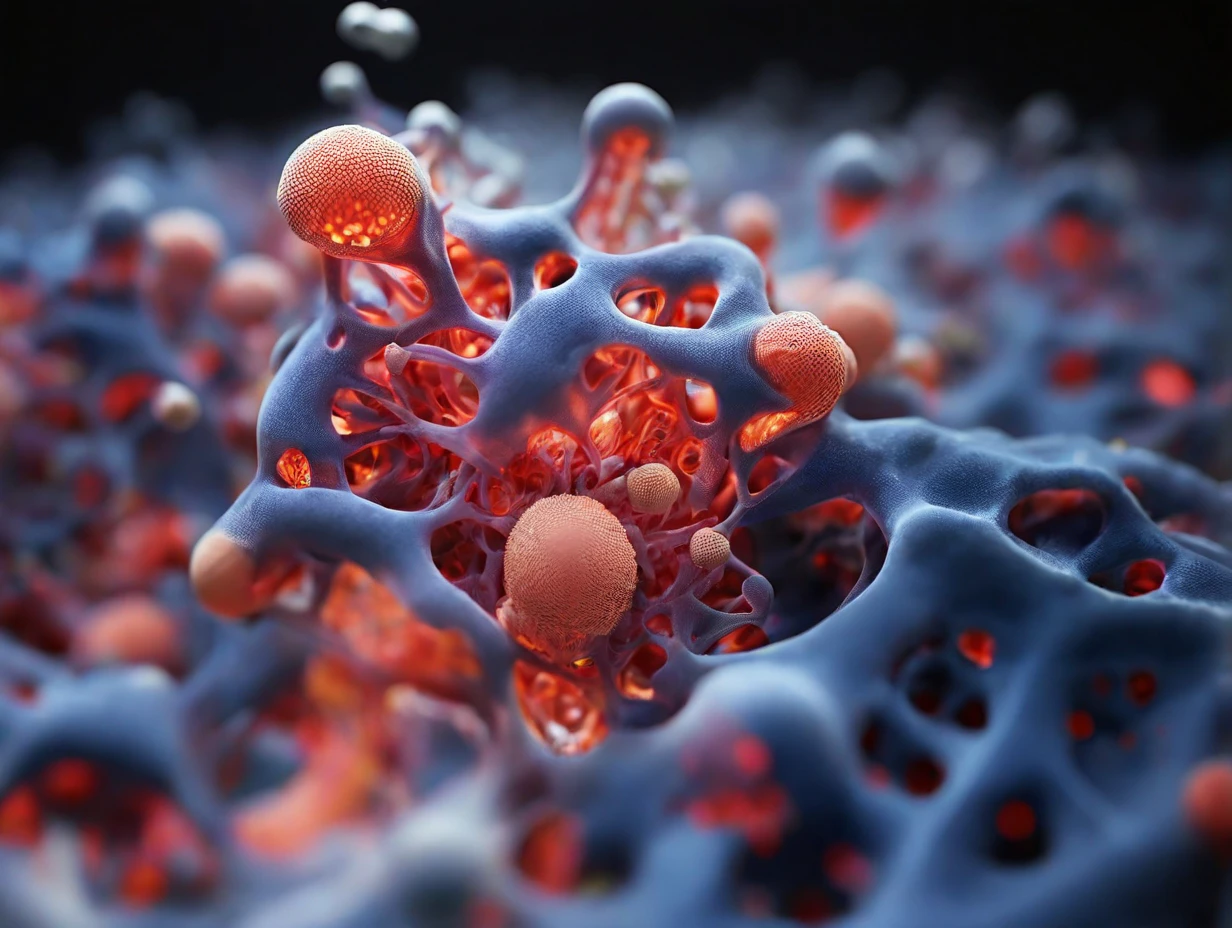In a groundbreaking development, artificial intelligence (AI) models have made a significant stride in biological research by autonomously uncovering a previously unknown type of kidney cell, dubbed the Norn cell. This achievement signals a transformative era in exploring life sciences, where AI-powered programs reshape our understanding of fundamental biological principles.
Discovering the Norn cell: A leap in biological understanding
In a feat reminiscent of historical, scientific breakthroughs, AI-driven models have accelerated the pace of biological discovery. Through a collaborative effort between researchers at Stanford University and cutting-edge AI technology, the elusive Norn cell was identified within a mere six weeks—a feat that took human scientists 134 years to accomplish.
The AI model autonomously deciphered complex patterns and relationships within cellular structures by utilizing a vast dataset encompassing millions of real cells and their molecular compositions. Remarkably, without prior knowledge of the Norn cell’s existence, the AI program identified this novel cell type based on its unique genetic and biochemical characteristics.
Like the widely acclaimed ChatGPT in language processing, these AI-powered foundation models catalyze a paradigm shift in biological research. By assimilating extensive datasets and employing advanced machine learning algorithms, these models are transcending conventional boundaries to unlock the mysteries of cellular biology.
Dubbed Universal Cell Embedding (U.C.E.), one model developed at Stanford University exhibited an unparalleled ability to classify over 1,000 different cell types, including the elusive Norn cell. Through the integration of multidimensional cellular data, U.C.E. identified cellular similarities and unveiled insights into developmental biology, showcasing its potential to redefine our understanding of cellular differentiation and function.
From data to discovery: AI’s role in advancing biological knowledge
The emergence of AI-driven models like GeneFormer and scGPT is revolutionizing biological research by bridging the gap between data and discovery. By leveraging vast repositories of cellular information, these models can predict gene behavior, identify disease mechanisms, and propose novel therapeutic targets with unprecedented accuracy.
Dr. Christina Theodoris’s groundbreaking work in utilizing AI to decipher cellular behavior underscores the transformative potential of these models. By harnessing the power of GeneFormer, Dr. Theodoris and her team unveiled novel insights into cardiac biology, identifying previously unknown genetic regulators of heart function and paving the way for innovative therapeutic interventions.
Challenges and opportunities in the era of AI-driven discovery
Despite the remarkable strides made by AI-powered models in unraveling the complexities of cellular biology, challenges persist in realizing their full potential. Concerns regarding data quality, model accuracy, and ethical implications necessitate a cautious approach toward integrating AI into biological research.
As researchers refine and expand these AI models, the prospect of creating a comprehensive mathematical representation of a cell—an achievement with profound implications for basic science and clinical applications—beckons on the horizon.
In the ever-evolving landscape of biological discovery, the synergy between human expertise and AI-driven innovation promises to unlock new frontiers in our understanding of life. As we stand on the precipice of a new era in biology, one thing remains certain: the relentless pursuit of knowledge, guided by human ingenuity and machine intelligence, will continue to propel us toward unprecedented scientific advancements.





